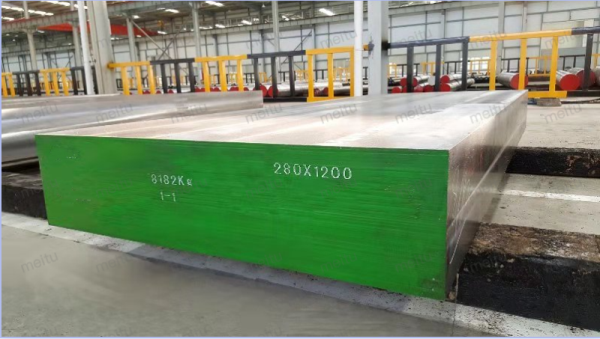According to their distinct hardness, tool steels are used to make cutting tools including knives and drills, as well as to create dies that stamp and form sheet metal. Choosing the best tool steel grade will depend on many factors, including:
1. Grades and applications of tool steel
2. How does tool steel fail
3. The cost of tool steel
Grades and Applications of Tool Steel
Based on its composition, forging or rolling temperature range, and the type of hardening they experience, tool steels are available in a variety of grades. The general purpose grades of tool steel are O1, A2, and D2. These standard grade steels are considered “cold-working steels,” that can hold their cutting edge at temperatures up to about 400°C. They exhibit good hardness, abrasion resistance, and deformation resistance.
O1 is an oil-hardening steel with high hardness and good machinability. This grade of tool steel is mainly used for items like cutting tools and drills, as well as knives and forks.
A2 is an air-hardening steel containing a medium amount of alloying material (chromium). It has good machinability along with a balance of wear resistance and toughness. A2 is the most commonly used variety of air-hardening steel and is often used for blanking and forming punches, trimming dies and injection mold dies.
D2 steel can be either oil-hardened or air-hardened, and contains a higher percentage of carbon and chromium than O1 and A2 steel. It has a high wear resistance, good toughness and low distortion after heat treating. The higher carbon and chromium levels in D2 steel make it a good choice for applications requiring a longer tool life.
Other tool steel grades contain a higher percentage of different types of alloys, such as high speed steel M2, which can be selected for high-volume production. A variety of hot working steels can maintain a sharp cutting edge at much higher temperatures of up to 1000°C.
How Does Tool Steel Fail?
Before selecting a tool steel grade, it’s important to consider which type of tool failure is most likely for this application by examining failed tools. For example, some tooling fails due to abrasive wear, in which the material being cut wears down the tool surface, though this type of failure is slow to occur and can be anticipated. A tool that has become worn to failure needs a tool steel with greater wear resistance.
Other types of failure are more catastrophic, such as cracking, chipping, or plastic deformation. For a tool that has broken or cracked, the toughness or impact resistance of the tool steel should be increased (note that impact resistance is reduced by notches, undercuts, and sharp radii, which are common in tools and dies). For a tool that has deformed under pressure, hardness should be increased.
Keep in mind, however, that tool steel properties are not directly related to each other, so for instance, you may need to sacrifice toughness for higher wear resistance. This is why it’s so important to understand the properties of different tool steels, as well as other factors such as the geometry of the mould, the material being worked, and the manufacturing history of the tool itself.
The Cost Of Tool Steel
The last thing to consider when selecting a tool steel grade is cost. Cutting corners on the choice of material may not result in lower overall production cost if the tool proves to be inferior and fails prematurely. A balance must be found between good quality and good price.
Shanghai Histar Metal has been focusing on the sales of tool and mould steel since 2003. The products include: cold work tool steel, hot work tool steel, high speed steel, mould steel, stainless steel, planer knives, tool blanks.
Shanghai Histar Metal Co., Ltd
Post time: Jun-25-2021

